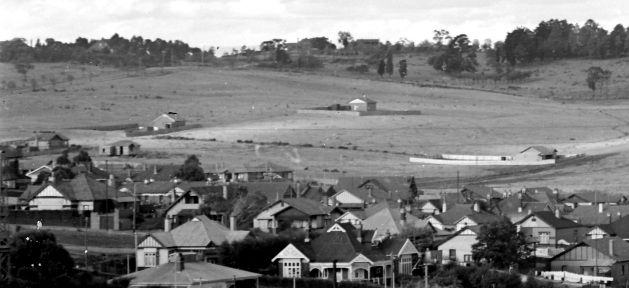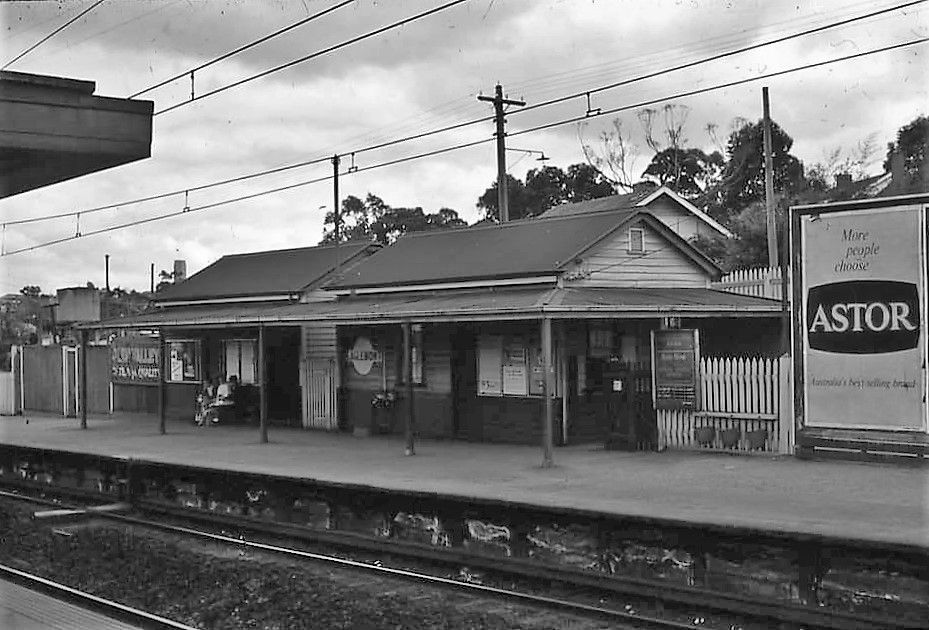A Chance Lost

How local government passed up its chance to secure reserves for local parks. There was ample choice to secure land for local parks 100 years ago before the creation of Eaglemont Station boosted home building nearby.
"The Argus, 29.11.1921, Page 8
NEGLECTED HEIDELBERG
On the right hand side of the line passing from Ivanhoe to Heidelberg is Eaglemont Hill, which slopes down to the line and offers an exceptional site for hundreds of residences. It is cut up into blocks and the streets are named ; but the most prominent structures are three mammoth cows which advertise a certain brand of milk. The cows will remain in undisputed possession till those who own the blocks are assured that if they build they will not have a weary walk of three-quarters of a mile to the nearest station."
In the 1920s the local Eaglemont community (or if there were so few dwellings built perhaps the term is "developers") agitated for a railway station between Ivanhoe & Heidelberg.
One infers that what was described in 1922 as a "weary walk of three-quarters of a mile" remains the same today.
The distances are still the same, the footpaths are no doubt better, but the pedestrians are of greater age, are less fit and are less used to using "shanks pony".
Notwithstanding, there is a view prevailing among certain local government identities that Eaglemont residents ought walk to Ivanhoe or Heidelberg to access services and or facilities.
This attitude persists despite the age of the population, the lack of toilets, seats, shelter, the high rates we pay............
One local - an octogenarian with knee replacements - is livid at being told by local politicians that he should be able to walk from Eaglemont to the Ivanhoe Library to access a public toilet, or alternatively use the Eagle Bar, which does not open until 11 a.m.!
The Eaglemont Station pleaded for in 1921 is there for all to see - the 1950/1979 brick version rather than the 1926 wooden structure that sat on the northern side of the single track.

Member discussion